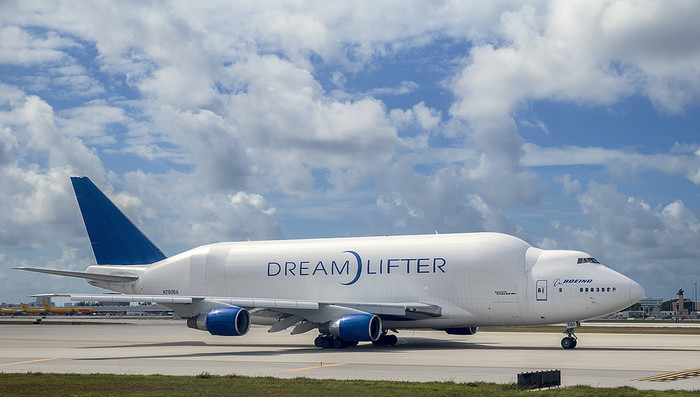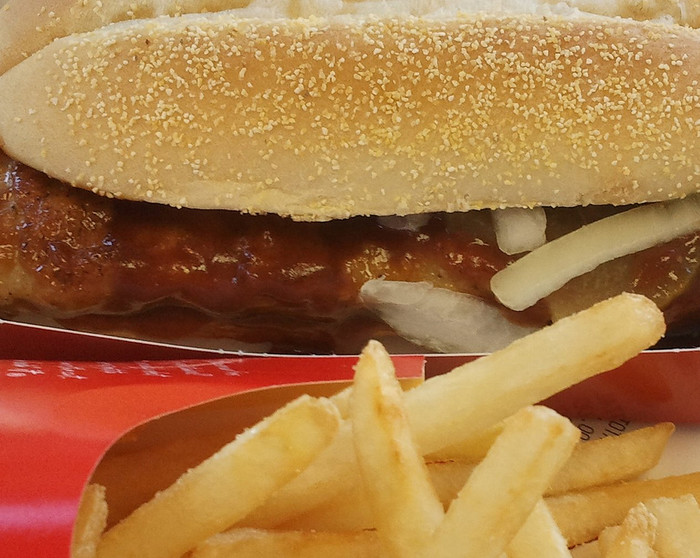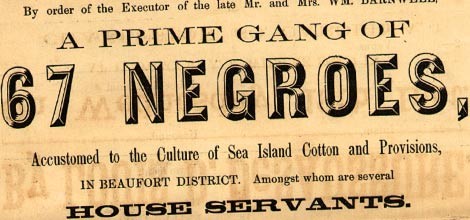
Image by Library of Congress An 1860 sale advertisement for slaves in Charleston. It's a less idealistic part of Charleston's past that's receiving more attention.
Ten or 20 years ago a visitor to Charleston would hear and see a very different picture of Charleston's slave roots. First off, we'd suggest watching a video on Charleston's new business of talking about its slave past. 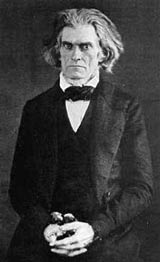
John C. Calhoun is cast in a different light when talking about slavery.But it's not just a greedy endeavor as the subject is still a tepid one by many of the more mainstream tourism channels and many that do talk about it seek to educate as much as earn a living. The case of Gullah Tours was highlighted by The Post and Courier.
John C. Calhoun. His name graces one of Charleston's busiest thoroughfares and his visage gazes down from a statue in Marion Square, the hub of the city. Calhoun, a U.S. senator and vice president, is one of South Carolina's most celebrated sons. Alphonso Brown, a former schoolteacher who weaves his Gullah Tours bus through downtown Charleston two or three times a day, offers a different perspective on the statesman: "Kill-houn!" he booms into the public address system of his super-cooled coach. "Black people called him 'Kill-houn' for the brutal way that he treated his slaves." Brown's two-hour repertoire is full of information that was seldom heard from any other guides in Charleston's uber-competitive tour industry.
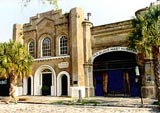
Charleston's Old Slave Mart has received a tourism restoration to highlight Charleston's past.Alphonso Brown uses that 21-seat tour bus while highlighting "places, history, and stories" about Black Charlestonians. For example, Gullah Tours' Web site mentions the case of the Old Slave Mart:
The Old Slave Mart shown here was opened in 1852. It was in this building where slaves were auctioned off after being inspected in the courtyard. In 1879 the bars were removed and the building was made into a two story living quarters. In 1938 it was opened as the Slave Mart Museum, making it the oldest black museum of slave artifacts in America.
That building is now fully restored and a centerpiece in Charleston's growing slave tourism, drawing an average of some 1,900 visitors a month since re-opening as a museum on October 31. The Post and Courier then points out the case that "suffering sells" and sites of World War II atomic bombing, concentration camps, and native American museums draw millions upon millions of visitors. All-in-all the paper's article is a good read that does much to uncover Charleston's less talked about side, so go read it. And, don't forget to go see the Gibbes' show "Landscape of Slavery: The Plantation in American Art," before it clears out August 3.
